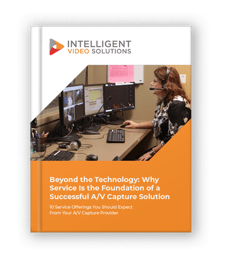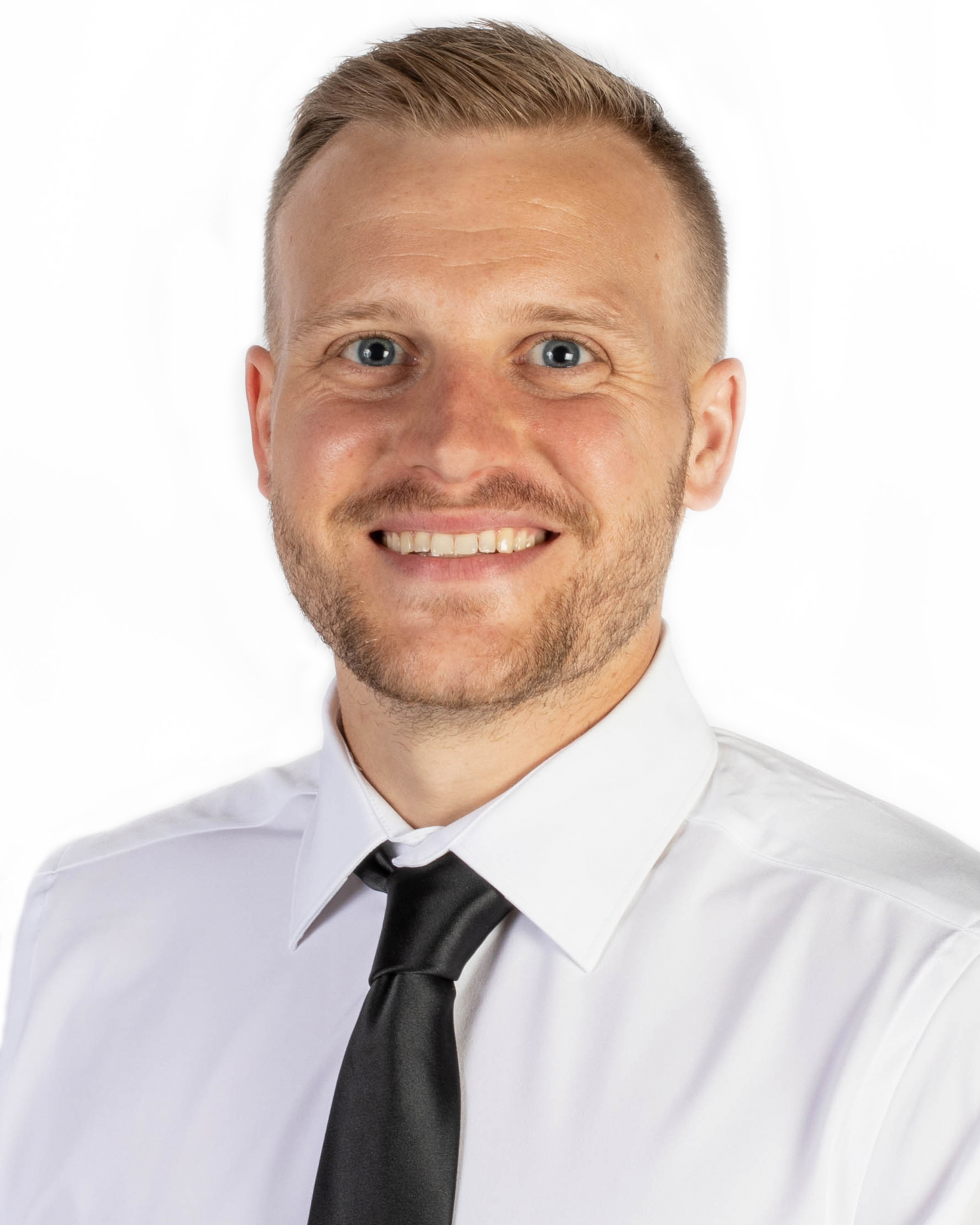It’s imperative that institutions and learning centers are equipped with the most advanced and cutting-edge technology they can afford when it comes to medical education. In doing so, they’re able to provide better quality education to their students (who become tomorrow’s healthcare leaders). And when you study today’s top technology, video is leading the way.
The Power of Video as a Medium
With more teaching and learning mediums than ever before, video continues to be among the most powerful and effective options available. The reason for this popularity has less to do with popular trends and more to do with the scientific connection between video and the human brain’s affinity with visual processing and engagement. Here are some of the top reasons video connects with people in such a powerful way (and how it sets the table for effective medical education in today’s academic landscape):
- Memory storage. It’s not enough for a student to grasp a concept in a classroom or instructional setting. For the teaching to be considered valuable and effective, there must be some level of retention. The power of video lies in how it’s stored within the brain. Whereas most learning forms have a short shelf life, visuals are stored in the “long-term memory bank.” Whether it’s a video advertisement or video lecture, the recall makes it an ideal medium for communicating important information.
- Processing speed. Visual content is processed an incredible 60,000-times faster by the human brain than text. When you combine this amazing fact with the benefits of efficient and long-term memory storage, the opportunities are overwhelmingly clear. Students can absorb more information in less time and walk away with greater knowledge and understanding of the subject matter at hand.
- Visual learning. Did you know that 40 percent of nerve fibers to the brain are actually connected to the retina? You can think of it as a superhighway from your eyeballs to your brain. And with so much visual real estate connecting the two, is it any wonder that the majority of people can be described as visual learners?
- Simplifying the complex. In certain fields and areas of study, such as medical education, there are concepts that can’t be effectively explained or conveyed via text or oral lecture. Video has a way of simplifying the complex so that it’s delivered in a digestible manner that the student can grasp and store in that long-term memory bank.
- Superior virtual experience. In today’s age of virtual learning, video just makes sense. Slides, audio teaching, and written curriculum certainly play a role, but they’re far less engaging in a non-traditional classroom setting. Video brings people in and engages multiple senses, regardless of whether the instruction is happening in-person or remotely.
There’s no such thing as a perfect teaching or learning medium. However, video provides numerous advantages and offers strengths that other methodologies simply can’t match. And though there will always be new and evolving technology in play, it’s difficult to imagine a future of education that doesn’t involve some form of video.
The Role of Video in Medical Education
With as many applications as there are for video as a teaching and learning tool, medical education – and graduate medical education in particular – is among the top use cases.
“Video is a powerful teaching and learning tool because it is one of the few mediums that has been used effectively in many facets of medical education face-to-face teaching and at a distance,” Journal of Graduate Medical Education explains. “A search of PubMed using the phrase ‘use of video in medical education’ resulted in articles dating back to the 1960s about topics such as knowledge transfer, diagnostic skill development, and clinical skill development.”
So while video is not exactly a new medium in medical education, it’s certainly grown in prominence over the past five years. Here are some of the ways it’s assisting in providing a superior experience for students and instructors alike:
- Natural Video Observation
In clinical learning environments, guidance and supervision of students by qualified faculty members is extremely important in proper training of residents. The problem is that traditional methods of observation (where the faculty member is peering over the student’s shoulder) feel forced and often produce unnatural results. Video observation paves the way for more natural observation.
Platforms like VALT make video observation and recording simple, natural, and effective. The solution meets all security and confidentiality requirements for a functioning clinical environment. It also makes it easy to go back and review after the fact.
- Streamlined Courses
Consider that the average human reader can process just 250 words per minute, while the human eye is capable of processing 36,000 visuals per hour. That’s an impressive upgrade in processing power as it relates to speed and efficiency.
Video makes it possible to conduct courses in condensed periods of time. Whereas it used to take months for certain courses to be completed, the streamlined nature of video learning makes it possible for the same amount of content to be taught in just a few weeks.
- Customized Learning
The combination of data and video has paved the way for customized virtual learning experiences that allow medical students and residents to access a curriculum that’s tailored to their strengths, weaknesses, and desired learning track. And with rich data tracking, it’s possible for instructors to evaluate learning in real-time and provide further instruction in areas where students may be falling behind.
- Driving Engagement and Context
Video provides a level of engagement and context that textbooks and static presentation slides simply can’t replicate.
As one study published in the New England Journal of Medicine explains, “Messages also become stickier when they come in the form of a story that elicits emotion in readers or listeners. Patients' stories are what make the acquisition of medical knowledge compelling. They serve as the scaffolding on which facts and concepts can be organized and reinforced.”
This might seem like a small detail, but in an industry where human touch is important, this sort of context makes for better nurses, doctors, and medical professionals.
Click the link below to find out how the right audio/video capture solution enhances healthcare training and higher education.









